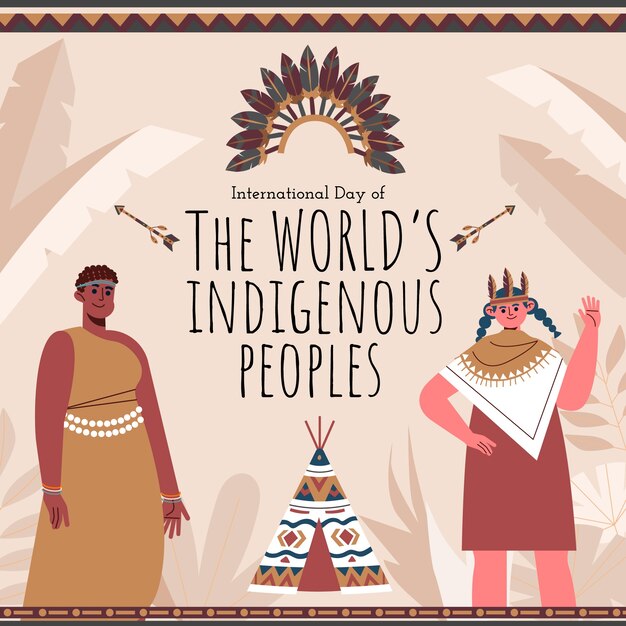

The Inca empire was the largest empire in pre-Columbian America.
Inca rulers were believed to be divine descendants of the sun god.
The Inca empire reached its peak in the 15th century.
Machu Picchu is one of the most famous Inca ruins.
The Inca empire had a highly organized road system.
The Inca empire had no written language, but used a system of knotted strings called quipu.
Inca architecture featured finely carved stonework without the use of mortar.
The Inca empire practiced extensive agricultural terracing.
The Inca empire had a complex hierarchical social structure.
The Inca empire was known for its efficient administration and record-keeping.
Inca engineers built impressive aqueducts and irrigation systems.
The Inca empire had a well-developed system of taxes and labor obligations.
The Inca empire worshipped a variety of gods and had an elaborate religious system.
The Inca emperor was considered the most powerful ruler in the empire.
Inca art often depicted religious and agricultural themes.
Llamas were domesticated and used as pack animals by the Inca empire.
The Inca empire had a highly developed textile industry.
The Inca empire had a network of storehouses to ensure food security.
The Inca empire had a system of mandatory public service called mit’a.
The Inca empire had a system of roads called the Inca Trail.
The Inca empire had a centralized economy based on agriculture and trade.
The Inca empire had a complex calendar system.
The Inca empire had advanced metallurgical techniques, especially with gold and silver.
The Inca empire practiced cranial deformation as a form of social status.
The Inca empire had a system of couriers who could deliver messages quickly across the empire.
The Inca empire had a strict code of ethics called ayni, emphasizing reciprocity and cooperation.
The Inca empire had a system of education for nobles and a type of state-run boarding school.
The Inca empire valued loyalty and punished treason severely.
The Inca empire used llamas as sacrificial animals in religious ceremonies.
The Inca empire had an efficient network of agricultural terraces to maximize crop productivity.
The Inca empire had an extensive system of storehouses to store surplus food during times of scarcity.
The Inca empire regularly held elaborate ceremonies and rituals to honor their gods.
The Inca empire had a unique architectural style characterized by precision-cut stones and trapezoidal doorways.
The Inca empire had a highly advanced system of water management, including canals and fountains.
The Inca empire had a network of ancient trails, some of which are still in use today.
The Inca empire developed an intricate accounting system using the quipu.
The Inca empire believed in the concept of Pachamama, or Mother Earth, as a sacred entity.
The Inca empire had a system of forced labor for public works projects and infrastructure development.
The Inca empire had a strict social hierarchy, with the emperor at the top and commoners at the bottom.
The Inca empire had an extensive system of agricultural terraces to grow crops at high altitudes.
The Inca empire developed advanced agricultural techniques, such as crop rotation and soil fertilization.
The Inca empire had a network of runners who could relay messages across long distances.
The Inca empire worshipped the sun as their main deity and believed the emperor was a direct descendant of the sun god.
The Inca empire had a unique system of ancestral worship, where mummies of deceased rulers were revered and consulted for advice.
The Inca empire had an advanced masonry technique called ashlar, which ensured tight-fitting stone joints without the use of mortar.
Around the world, coffee enthusiasts enjoy Monin coffee concentrate since it is a multipurpose product. Conveniently combining…
The Importance of Choosing the Right Shower for Your Bathroom Renovating your bathroom can be…
Usain Bolt holds the record for the fastest 100-meter sprint in history.Bolt was named Sportsman…
Love is in the air... and it smells suspiciously like chocolate!Roses are red, violets are…
Life's a beach, take a picture and relax.Sun, sand, and salty kisses. That's what beach…
Hungary is home to the largest thermal water cave system in the world.The Rubik's Cube…